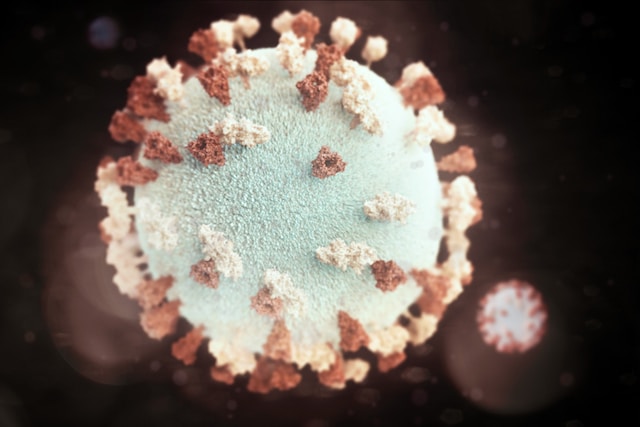Title: Fibroids 101: Understanding the Symptoms and Risks
Introduction: Fibroids, medically known as uterine leiomyomas, are non-cancerous growths that develop within the walls of the uterus. While they are common among women of reproductive age, many individuals remain unaware of the symptoms and risks associated with this condition. In this article, we delve into the world of fibroids, shedding light on their symptoms, potential risks, and available treatment options.
I. What are Fibroids? Fibroids are benign tumors that originate from the smooth muscle tissue of the uterus. They can vary in size and number, ranging from tiny seedlings to large masses that distort the shape of the uterus. While the exact cause of fibroids is still unknown, hormonal imbalances, genetic predisposition, and estrogen dominance are believed to contribute to their development.
II. Symptoms: a) Heavy or Prolonged Menstrual Bleeding: One of the primary symptoms of fibroids is heavy or prolonged menstrual bleeding. Women may experience prolonged periods, passing blood clots, and anemia due to excessive blood loss. b) Pelvic Pain and Pressure: Fibroids can cause pelvic pain and pressure, often described as a dull ache or heaviness in the lower abdomen. The severity of pain may vary depending on the size and location of the fibroids. c) Urinary and Bowel Problems: Large fibroids can press against the bladder or bowel, leading to frequent urination, difficulty emptying the bladder, constipation, or even urinary or fecal incontinence. d) Infertility or Pregnancy Complications: In some cases, fibroids can interfere with fertility or lead to complications during pregnancy, such as increased risk of miscarriage, preterm labor, or breech presentation.
III. Risk Factors: a) Age and Ethnicity: Fibroids are more prevalent among women in their 30s and 40s, although they can occur at any age. Additionally, women of African descent are more likely to develop fibroids at a younger age and experience more severe symptoms. b) Family History: Having a family history of fibroids increases the risk of developing the condition. c) Hormonal Imbalances: Estrogen and progesterone, the female hormones, play a crucial role in fibroid growth. Hormonal imbalances, such as estrogen dominance, can contribute to the development of fibroids. d) Obesity: Being overweight or obese increases the risk of developing fibroids. e) Nulliparity: Women who have never given birth are at a higher risk of developing fibroids.
IV. Diagnosis and Treatment Options: a) Medical Examination: If fibroids are suspected, a pelvic examination, along with an ultrasound or other imaging tests, may be conducted to confirm the diagnosis. b) Medications: Hormonal medications, such as birth control pills or gonadotropin-releasing hormone (GnRH) agonists, can help manage symptoms and shrink fibroids. c) Minimally Invasive Procedures: Procedures like uterine artery embolization (UAE), myomectomy, or laparoscopic or robotic-assisted surgery may be recommended for larger fibroids or those causing significant symptoms. d) Hysterectomy: In severe cases or when fertility is no longer a concern, a hysterectomy, which involves the removal of the uterus, may be considered.
Conclusion: Fibroids can have a significant impact on a woman’s quality of life, causing symptoms that range from heavy bleeding to pelvic pain and fertility issues. Understanding the symptoms, risk factors, and available treatment options is crucial in providing women with the necessary knowledge to make informed decisions about their health. By spreading awareness and promoting early detection, we can empower women to seek timely medical intervention and alleviate the burden of fibroids.












